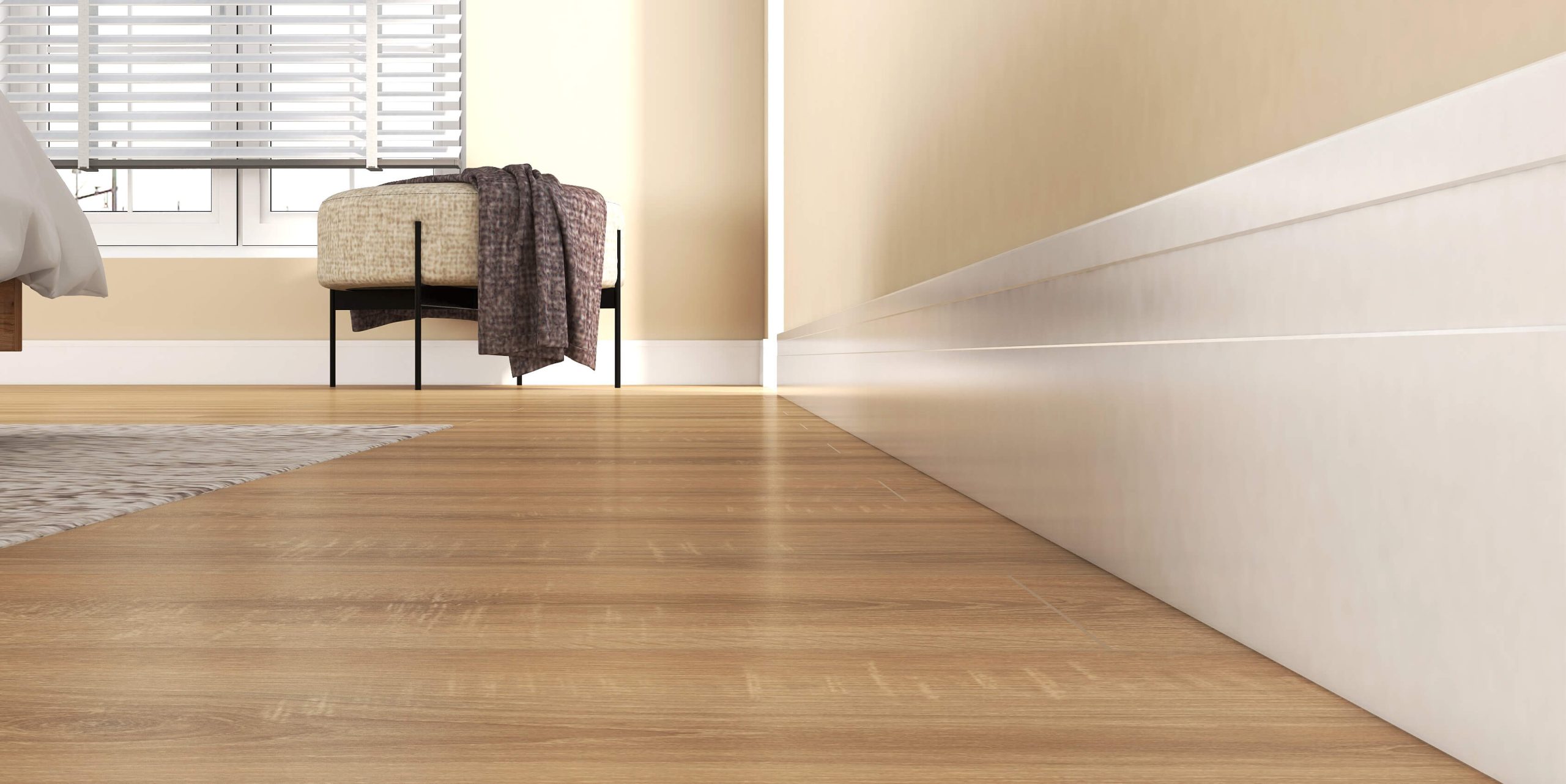Exploring the World of Skirting: Tips and Tricks
Skirting is a popular decorative technique used to enhance the aesthetic appeal and functionality of a space. Whether you’re looking to add a touch of elegance to your home or protect your walls from damage, skirting boards, also known as baseboards, are a practical and stylish solution. Explore the world of skirting and provide some useful tips and tricks to help you make the most of this versatile feature.
Skirting
Skirting boards are typically installed at the junction where the wall meets the floor. They serve multiple purposes, such as covering the gap between the floor and the wall, protecting walls from furniture scuffs, and adding a decorative element to the room. Skirting boards come in various materials, including wood, MDF, PVC, and metal, each offering different advantages in terms of durability, cost, and appearance.
Choosing the Right Skirting
Selecting the appropriate skirting world is crucial to achieving the desired look and functionality. Here are some factors to consider:
- Material: Wood is a classic choice for skirting boards, offering a natural and timeless look. MDF is a cost-effective alternative that is easy to paint and install. PVC and metal are durable options suitable for high-traffic areas and modern interiors.
- Style: Skirting boards come in various profiles, from simple and minimalist to intricate and ornate. Choose a style that complements the overall design of your room.
- Height: The height of the skirting board should be proportional to the ceiling height. Taller skirting boards are ideal for rooms with high ceilings, while shorter ones work well in smaller spaces.
Installation Tips
Proper installation is essential for a professional finish. Here are some tips to ensure a successful skirting board installation:
- Preparation: Measure the length of each wall and cut the skirting boards accordingly. Use a miter saw to achieve precise angles for corners.
- Adhesive: Apply a strong adhesive to the back of the skirting board before attaching it to the wall. This ensures a secure and long-lasting bond.
- Fixing: Use nails or screws to fix the skirting boards in place. Countersink the nails or screws and fill the holes with wood filler for a seamless finish.
- Painting: If using paintable skirting boards, apply a primer before painting to ensure even coverage and durability.
Mainteance and Care
To keep your skirting boards looking their best, regularly clean them with a damp cloth to remove dust and dirt. Touch up any scuffs or scratches with paint or wood filler as needed. Proper maintenance will extend the life of your skirting boards and keep them looking fresh and new.





